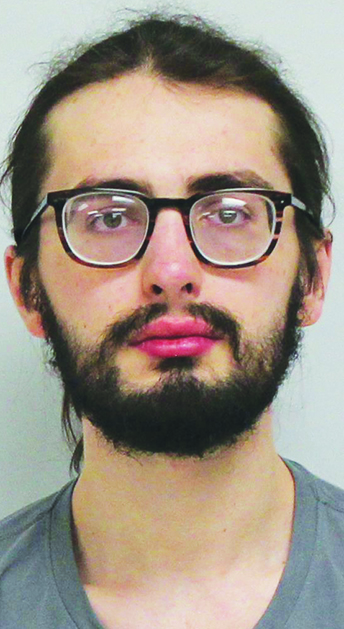Davie secondary area for chronic wasting disease in deer
Published 10:02 am Friday, May 16, 2025
|
Getting your Trinity Audio player ready...
|
The N.C. Wildlife Resources Commission (NCWRC) has affirmed Chronic Wasting Disease (CWD) primary and secondary surveillance areas for North Carolina’s 2025-26 deer hunting season,
effective today.
The proclamation,signed by Executive Director Kyle Briggs, includes the same 18 counties as the 2024-25 deer hunting season.Davie is part of the secondary surveillance area, bordering Yadkin, which is a primary surveillance area.
“Ten deer tested positive for CWD during the 2024-25 hunting season, bringing the total number of deer that have tested positive for CWD to 34,” said Deer Biologist April Pope. “The additional positive deer were not found in any new counties during the 2024-25 deer hunting season, so no counties have been added to the primary or secondary surveillance areas. With the number of positive deer remaining relatively low, we can still make a difference and slow the spread of CWD in N.C. by continuing to test for CWD, increasing participation in the CWD Management Assistance Program, and following regulations regarding transport of deer carcasses.”
The primary surveillance counties are Cumberland, Stokes, Surry, Wilkes and Yadkin; while Alexander, Alleghany, Ashe, Bladen, Davie, Forsyth, Guilford, Harnett, Hoke, Iredell, Robeson, Rockingham and Sampson remain secondary counties.
“Thanks to the support of hunters,Cervid Health Cooperators, and Commission staff, we exceeded CWD sampling goals by collecting more than 23,000 CWD samples during the 2024-25 hunting season, making it unnecessary to require mandatory sampling in the surveillance areas during the 2025-26 deer hunting season,” Pope explained. “Mandatory testing played an important role in targeting samples from deer harvested in areas where we had confirmed positive cases of CWD. The Cervid Health Cooperator program, combined with voluntary submissions from hunters and sampling efforts by NCWRC staff, are providing the level of surveillance currently needed. Continued voluntary testing will allow us to monitor CWD within the
state and allow hunters the option to have their deer tested.”
Hunters may submit their deer for voluntary testing at any of the self-serve drop-off freezers available 24-7 across the state during deer hunting season. Hunters are asked to bag the deer head and leave it in the freezer with a completed data tag provided at the freezer site. They may also use any meat processor or taxidermist who participates in thCervid Health Cooperator Program.
“Testing harvested deer for CWD remains essential to monitor the spread of this new disease in the state and helps us properly manage the health of our deer herds,” said Wildlife Health Biologist Miranda Turner.
NCWRC reminds the public that, within surveillance area counties, it continues to be
illegal to:
· Transport fawns for rehabilitation. CWD can easily spread to new areas whenever infected deer are transported by people. Fawns can be infected with CWD by their mother even before birth and not show any visible signs of illness until the late stages of disease.
· Place new salt or minerals in existing mineral lick sites or to establish new mineral lick sites. Soil and vegetation surrounding mineral sites can be contaminated by feces, urine, and salivathat contains infectious CWD prions. Once CWD prions are present in the environment they are practically impossible to remove or destroy.
·Put out bait, food or food products to purposefully congregate wildlife from Jan. 2 through Aug. 31 of each year. Artificially congregating wildlife increases the risk of disease transmission.
·Transport whole cervid carcasses, or meat that has not been boned out or includes brain or spinal tissue, from primary surveillance areas into secondary
surveillance areas, or from secondary surveillance areas into the rest of the state. Caped hides, finished taxidermy products, boned out meat and cleaned antlers, skull plates, skulls and lower jawbones are all allowed to be transported anywhere in the state.Transporting whole cervid carcasses or unclean products can unintentionally spread CWD into new areas.
All CWD information will be published in the 2025-26 Inland Fishing, Hunting and Trapping Regulations Digest in August and posted on ncwildlife.gov/CWD.





